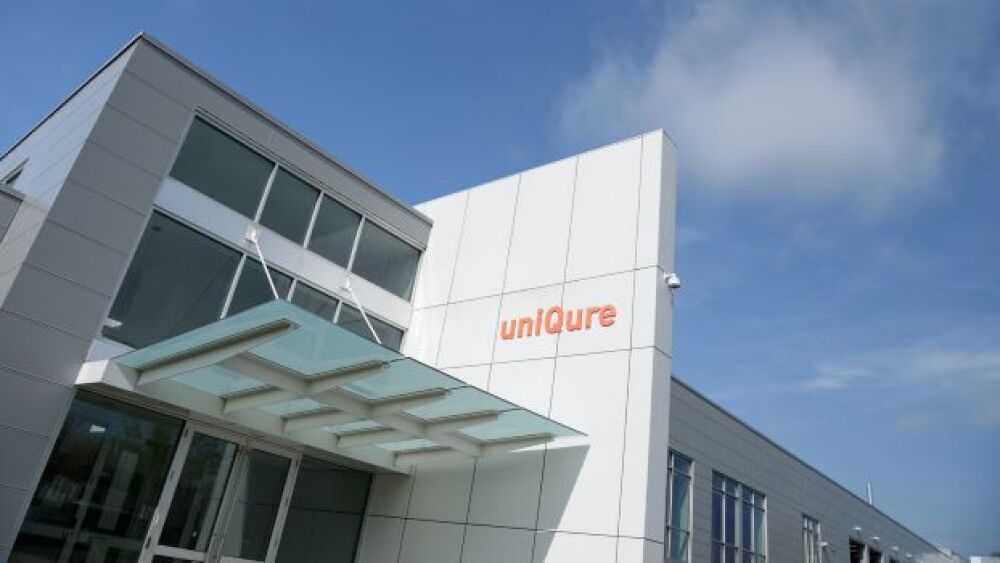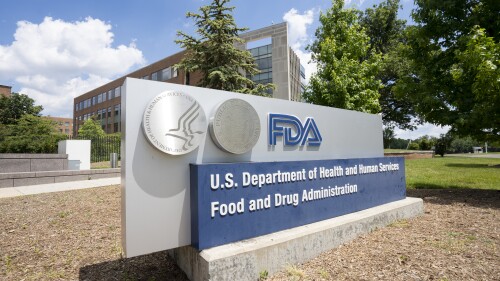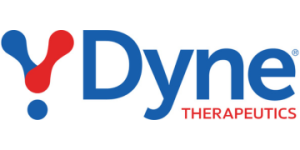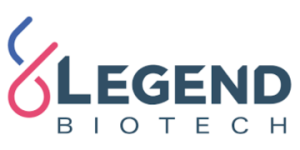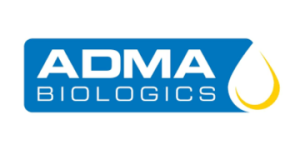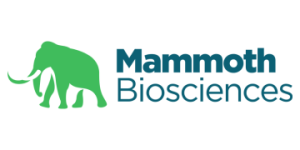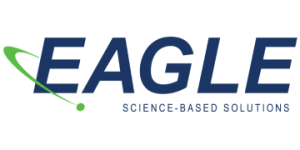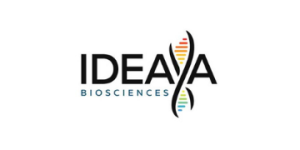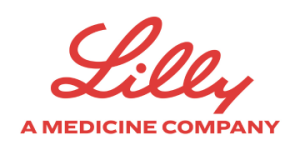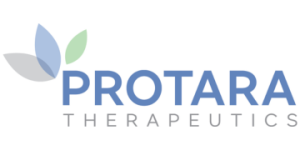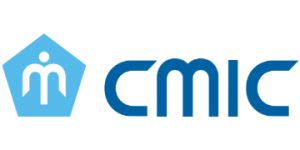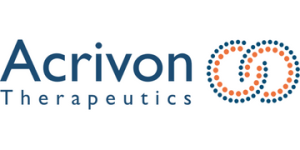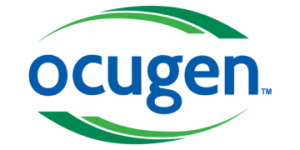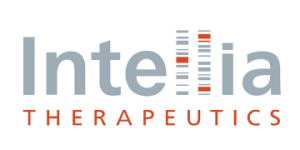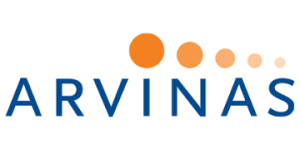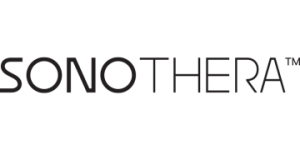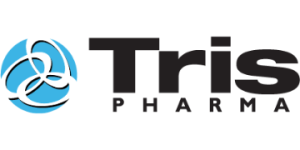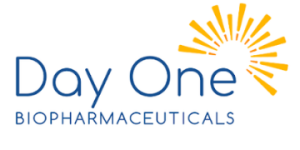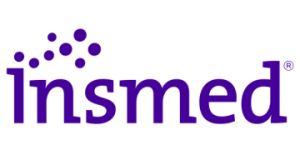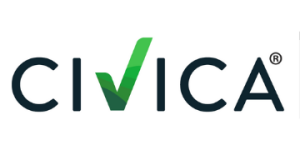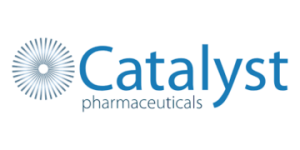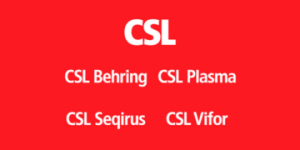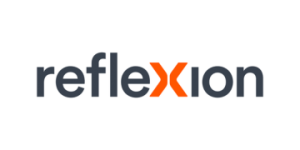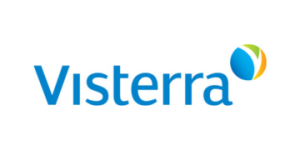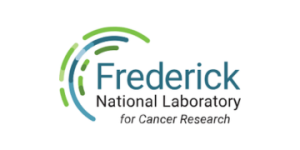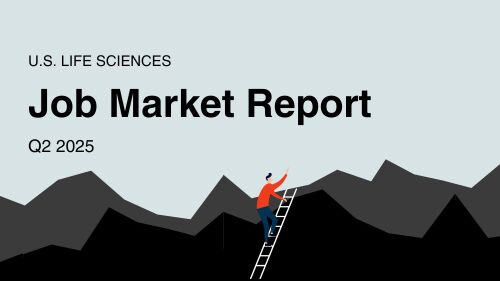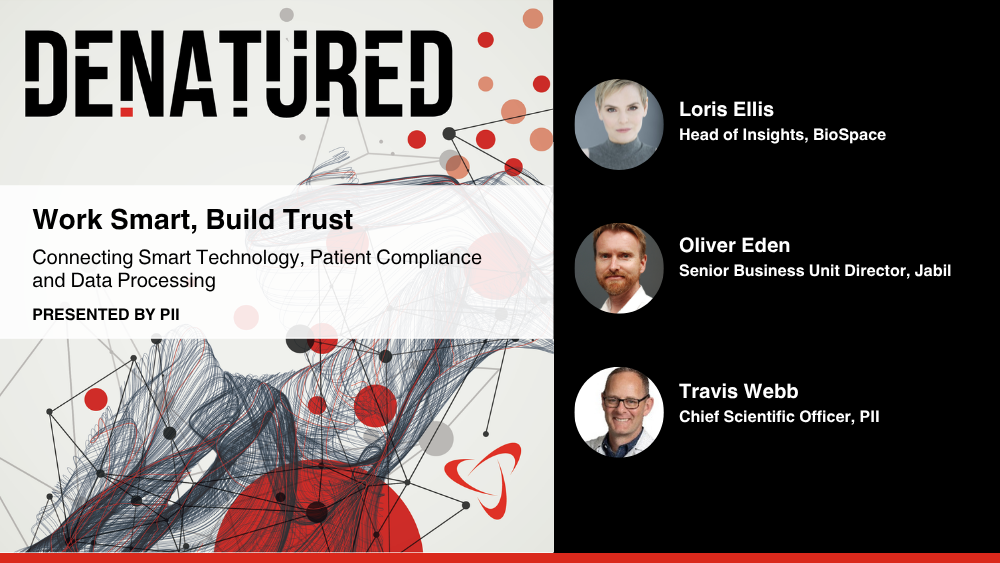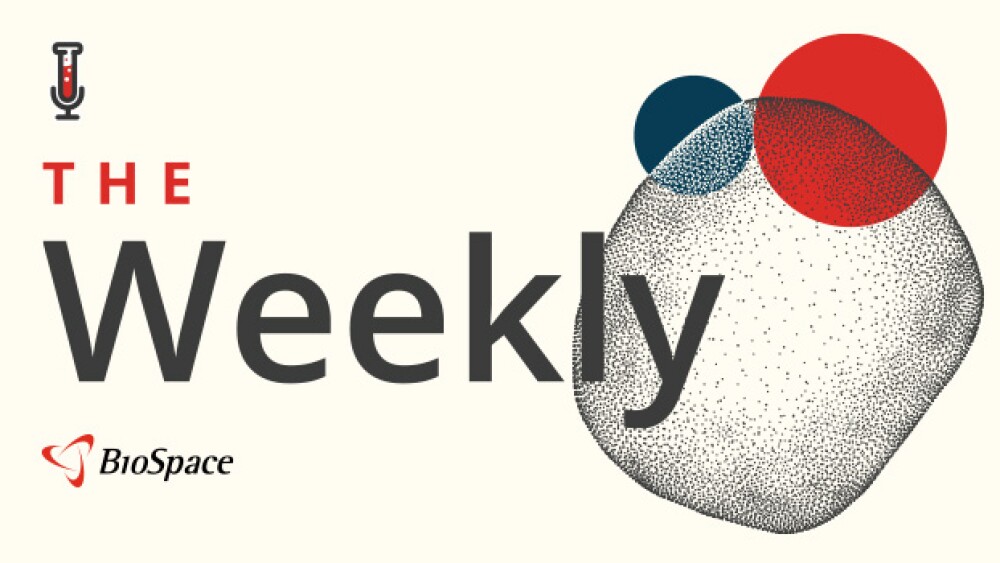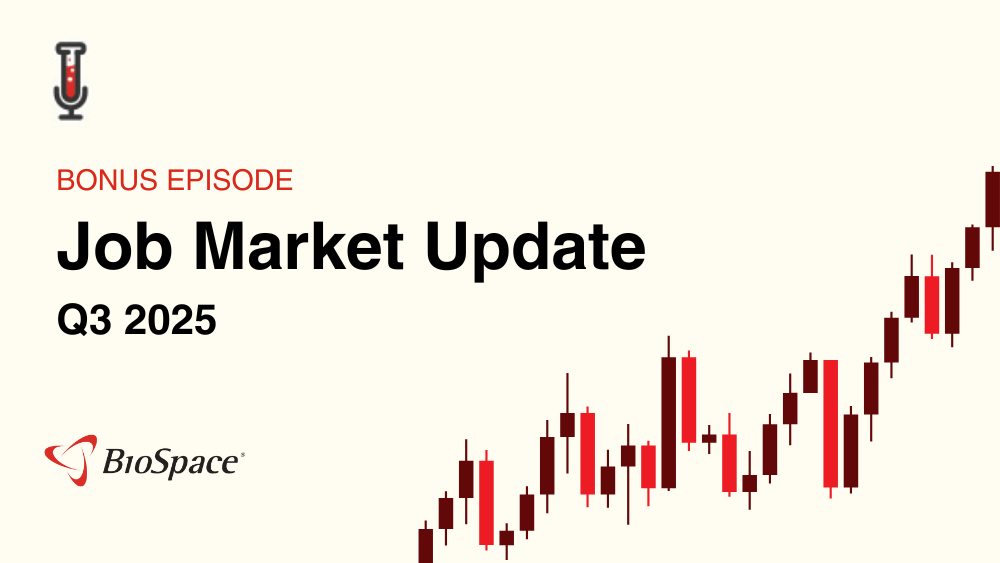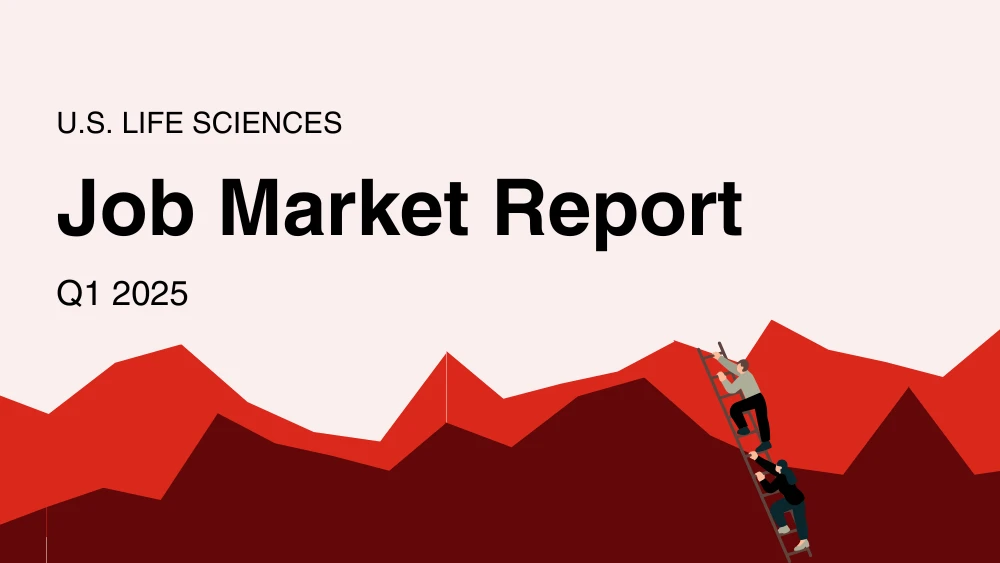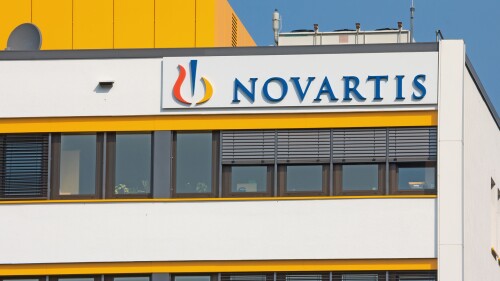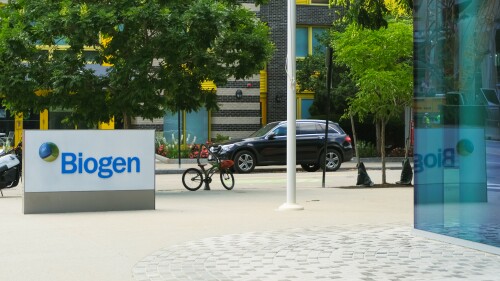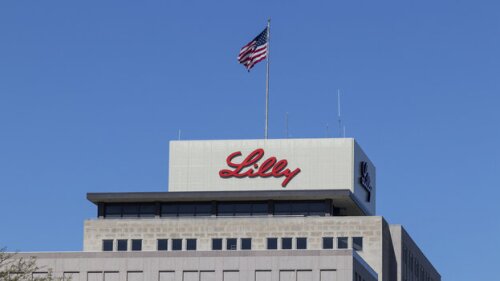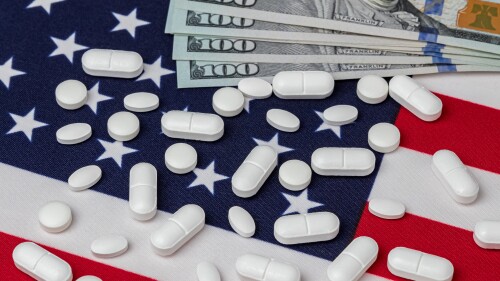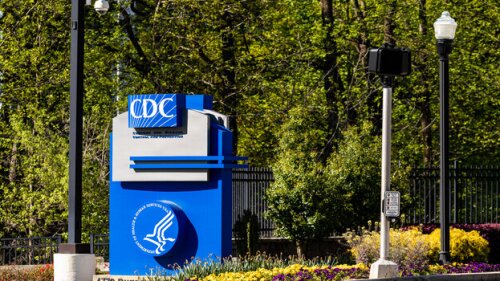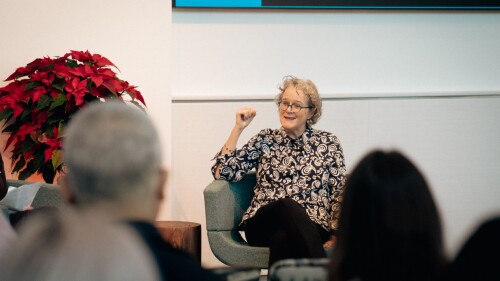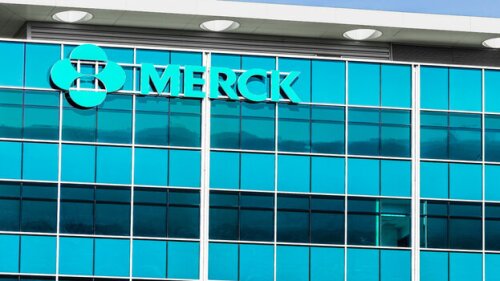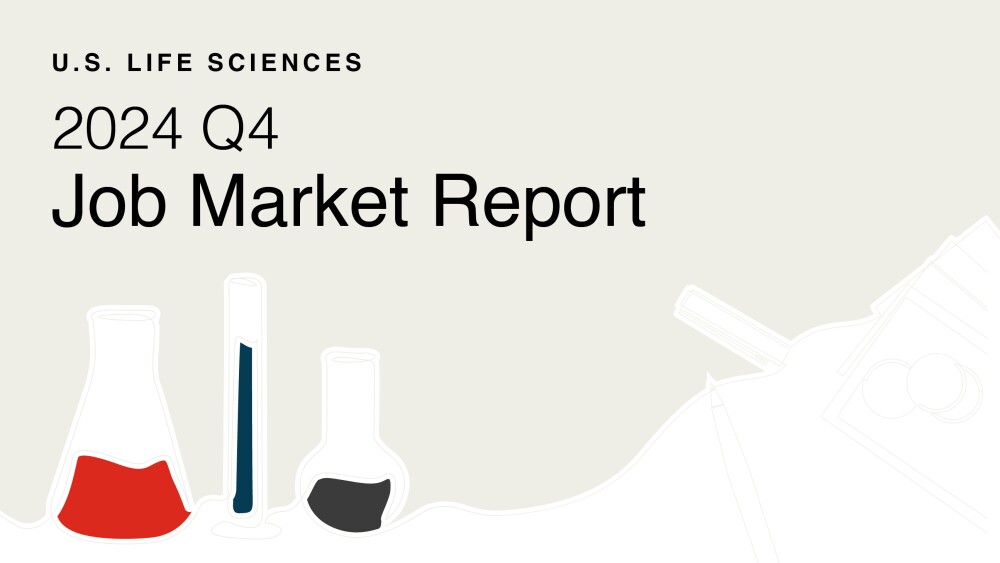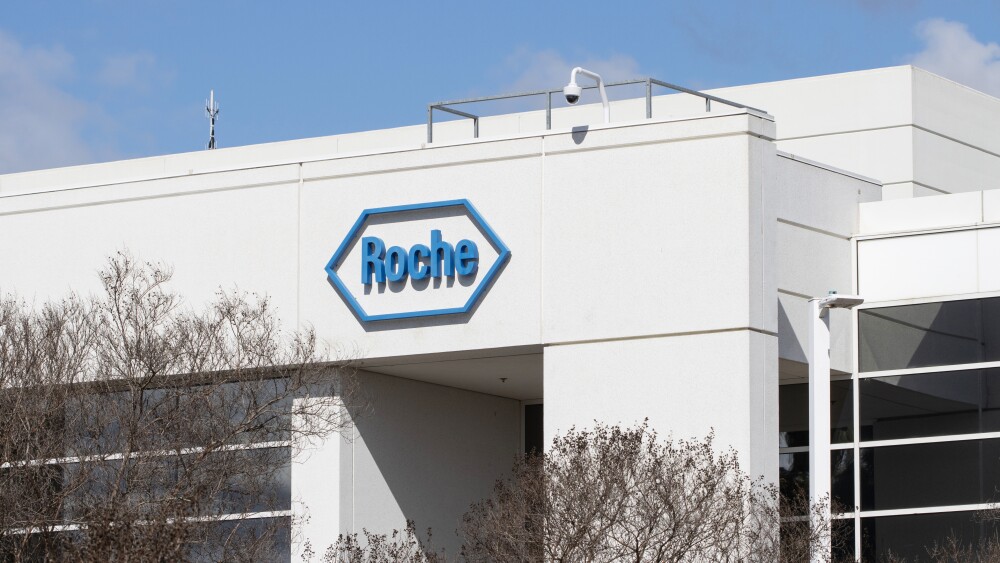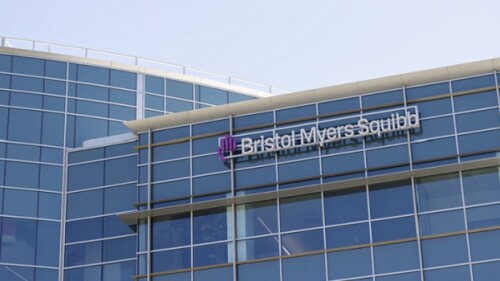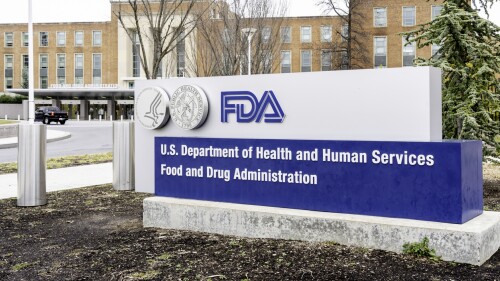Sarepta nevertheless plans to push for full FDA approval of Vyondys 53 and Amondys 45 based on what it said are “encouraging trends” in efficacy.
Kygevvi is indicated for patients with thymidine kinase 2 deficiency whose symptoms arise by 12 years of age. The disease manifests as muscle weakness and can become life-threatening in severe instances.
BioSpace has named 50 life sciences companies to its 2026 Best Places to Work list. AbbVie, Amneal Pharmaceuticals and BridgeBio executives share what makes their organizations special.
Less than 24 hours after resigning his post as the FDA’s head drug regulator, George Tidmarsh is reportedly reconsidering his decision and vowing to fight for his name and credibility amid a probe into his “personal conduct” at the agency.
At the center of the licensing deal is an NLRP3 inhibitor that has shown “encouraging efficacy in acute inflammation models,” according to TransThera, indicating its potential in various metabolic and inflammatory diseases.
Follow along as BioSpace tracks job cuts and restructuring initiatives.
FEATURED STORIES
M&A is back, the S&P XBI is rising again, a biotech pulled off an IPO and positive data is pulling in investors again. This may just be the industry’s new normal.
AI is changing the nature of leadership in biopharma. Here’s how executives can not only adapt, but lead the way.
The company cut back in areas while investing in internal and external opportunities to offset the loss of exclusivity on a product that until recently accounted for 20% of innovative medicine sales.
To tailor cancer therapies to individual patients, Moderna, BioNTech and other companies are rethinking how they optimize manufacturing schedules and resources.
Recent headlines proclaim a ‘potential’ or ‘functional’ cure for multiple myeloma, but the fight against the disease must continue.
After a chaotic year that has seen the attrition of over half the FDA’s senior leadership, many of these individuals have landed new roles—at Eli Lilly, Pfizer, Iovance and more. The FDA’s loss, it seems, is largely the pharmaceutical industry’s gain.
FROM BIOSPACE INSIGHTS
The Future of Cell and Gene Therapy: Navigating Innovation, Regulation, and Manufacturing Challenges
An interview with Philip Vanek, chief commercialization officer of the International Society for Cell & Gene Therapy (ISCT), reveals both promising developments and significant concerns shaping the advanced therapies sector’s trajectory through 2025 and beyond. This interview was conducted with support from Tozaro.
LATEST PODCASTS
In this episode presented by PII, BioSpace’s head of insights discusses decentralized clinical studies and how connected technology can improve patient compliance with guests Oliver Eden and Travis Webb.
Johnson & Johnson has yet to make a drug pricing deal with Trump; Novo makes more moves under new CEO; more than 1,000 laid off from CDC, though many immediately hired back; the BIOSECURE Act is back and more.
In this bonus episode, BioSpace’s Vice President of Marketing Chantal Dresner and Careers Editor Angela Gabriel take a look at Q3 job market performance, layoffs and wider employment trends and policies impacting the biopharma workforce.
Job Trends
The biopharma job market remains challenging, based on BioSpace data. In August, job postings live on the website dropped 32% year over year. In addition, during the first eight months of 2025, over 26,000 people were laid off or projected to be laid off.
Subscribe to Genepool
Subscribe to BioSpace’s flagship publication including top headlines, special editions and life sciences’ most important breaking news
SPECIAL EDITIONS
Peter Marks, the venerable head of the FDA’s Center for Biologics Evaluation and Research, has been forced out. In this special edition of BioPharm Executive, BioSpace takes a deep dive into the instability of the HHS.
Year-over-year BioSpace data show biopharma professionals faced increased competition for fewer employment opportunities during the first quarter of 2025.
In this deep dive, BioSpace explores the diverse therapeutic modalities now in development, as well as the opportunities and battles for market dominance in this emerging space.
DEALS
-
Vas Narasimhan confirmed that Novartis is having weekly discussions with the Trump administration on drug pricing, but a deal has not yet been reached.
-
The deal, announced early Sunday afternoon, will see Novartis gain access to Avidity’s neuroscience assets, while the San Diego biotech spins out a new company to shepherd its early-stage precision cardiology programs.
-
The $70 million upfront deal adds to a portfolio of drugs Biogen has been growing in various immunological conditions since 2024.
-
The cornerstone of the deal is Ixo-vec, an intravitreal gene therapy currently in Phase III development for wet age-related macular degeneration. Eli Lilly made another foray into genetic medicine in June, picking up Verve Therapeutics for up to $1.3 billion.
-
With Avadel under its fold, Alkermes expects to accelerate its expansion into the sleep market, laying the foundation for its late-stage narcolepsy asset alixorexton.
WEIGHT LOSS
-
Viking Therapeutics CEO Brian Lian is watching the growth of interest in MASH and obesity but prepared to go it alone.
-
Two patients experienced grade 3 liver enzyme elevations that were deemed related to Terns’ investigational obesity pill TERN-601.
-
Rybelsus can now be used as a primary or secondary prevention pill to lower the risk of major adverse cardiovascular events in at-risk patients with type 2 diabetes.
-
CMS Administrator Mehmet Oz clarified that a deal has not yet been sealed with the manufacturer of semaglutide, Novo Nordisk, or any other GLP-1 drugmaker.
-
After beating Novo Nordisk’s semaglutide last month, Lilly’s much anticipated oral candidate orforglipron has taken down AstraZeneca’s Farxiga in a head-to-head trial.
POLICY
-
The $48 million award, granted through the Advanced Research Projects Agency for Health, will help Kernal take its in vivo mRNA-encoded CAR T therapy forward.
-
Cell and gene therapy experts question where the FDA designation fits in an environment that features a range of intersecting regulatory perks.
-
A new group of CDC advisors voted last month to separate the chickenpox vaccine from the measles, mumps, rubella components of the MMRV shot due to concerns over febrile seizures, while recommending a more risk-based approach to COVID-19 immunizations that mirrors recent FDA approvals.
-
Jeanne Marrazzo, former director of the National Institutes of Allergy and Infectious Disease, was formally terminated Thursday after months on administrative leave, after filing a whistleblower report.
-
Expanded exemptions for orphan drugs could mean prolonged protections for top-selling drugs like Merck’s Keytruda, which was initially approved under this designation in 2014.
Learn how to extract the full value from executive coaching, starting with being open and honest with your coach.
Just raising the alarm won’t drive action. Use these three steps to turn insights into solutions that leadership can’t ignore.
Learn about making the most of interview feedback, navigating bonus clawbacks and networking for niche roles.
Layoffs leave more than empty desks—they leave uncertainty, guilt and anxiety. Three simple steps will help you regain control of your work, well-being and career.
As they navigate a competitive job market, biopharma professionals are making four key interview mistakes, according to two talent acquisition experts. They discuss those errors and offer tips for how to get those critical conversations right.
Executive coaches can help executives take their game to the next level in four key ways, from improving their self-awareness to reshaping their thinking.
HOTBEDS
REPORTS
The 9% average salary increase from 2023 to 2024 was the largest for life sciences professionals since 2021. Several factors could be behind the spike, including companies providing higher pay because bonuses and stock compensation went down.
Year-over-year BioSpace data show there were fewer job postings live on the website in the fourth quarter of 2024, and the decrease was higher than the third quarter’s drop.
Landing a job remains challenging for life sciences professionals, according to a new BioSpace report. While 59% of surveyed organizations are actively recruiting, nearly half of unemployed survey respondents had been out of work for at least six months, and 20% of surveyed employers expect to lay off employees this year.
CANCER
-
Roche will gain worldwide rights outside of the Greater China region to Hansoh’s HS-20110, an antibody-drug conjugate in early-stage development for colorectal cancer.
-
2025 has been a busy year for Boehringer Ingelheim, which has so far inked at least five hefty partnerships—including its latest one with South Korea’s AimedBio for an antibody-drug conjugate therapy for cancer.
-
The startup, launched out of CEO Kevin Parker’s grad school idyll during the COVID lockdowns, is primed to find new targets where Big Pharmas won’t dare.
-
Moderna’s mRNA-4359, when used with Keytruda, achieves a 24% overall objective response rate in patients with melanoma, with efficacy increasing to 67% in those positive for PD-L1.
-
Looking for a job in oncology? Check out the BioSpace list of nine companies hiring life sciences professionals like you.
NEUROSCIENCE
-
The company is dropping its social anxiety disorder program but will still test the molecule in post-traumatic stress disorder.
-
Bristol Myers Squibb and insitro first partnered in 2020 to develop induced pluripotent stem cell models of amyotrophic lateral sclerosis and frontotemporal dementia. Last December, BMS exercised its option for an ALS target.
-
Elecsys’ approval could help boost the uptake of currently approved Alzheimer’s disease therapies, including Biogen’s Eisai-partnered Leqembi, with CEO Chris Viehbacher recently noting that such biomarker-based tests could “remove some of the bottlenecks” in uptake.
-
The centerpiece of the deal is orelabrutinib, a BTK inhibitor in late-stage development for multiple sclerosis that Biogen once paid $125 million for but abandoned after less than two years of testing.
-
MapLight laid out the terms of its planned IPO in a regulatory filing on Monday, providing greater detail about what the funds will be used for.
CELL AND GENE THERAPY
-
With more than $1.5 billion on the line, Gilead looks to bolster its CAR T portfolio.
-
Despite announcing a broad pivot to siRNA earlier this year, Sarepta is following through with an investigational gene therapy: its limb-girdle muscular dystrophy candidate. But the treatment’s path forward, analysts say, is highly uncertain.
-
After the FDA revoked Sarepta Therapeutics’ platform designation in July, Krystal Biotech is “poised to be the first major beneficiary” of this program, according to analysts at William Blair.
-
Johnson & Johnson has yet to make a drug pricing deal with Trump; Novo makes more moves under new CEO; more than 1,000 laid off from CDC, though many immediately hired back; the BIOSECURE Act is back and more.
-
Regeneron is aiming to file a regulatory application for DB-OTO by the end of the year.

